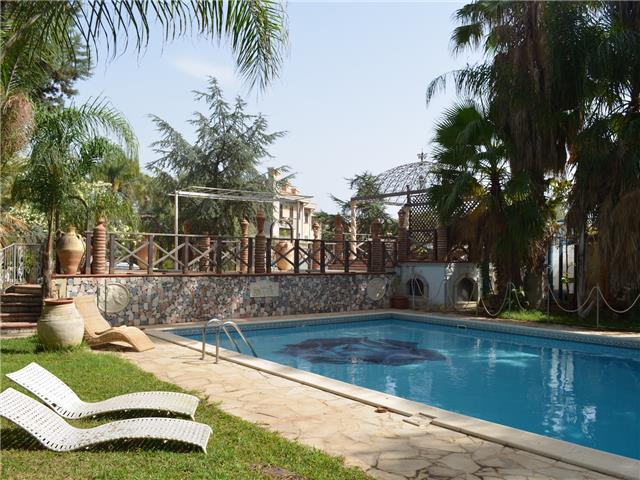Caltagirone
Caltagirone has long been famous for the production of pottery. The Orientals brought the art of polychrome gazed ceramics to the town. The name Caltagirone derives from the Arabic “Qalat al-ghiran”, meaning castle above caves, and attests to the antiquity of its pottery works. Two necropolises near the town, dating from the second millennium BC, show us that it has been inhabited since prehistoric times. In the year 1030 the Arab castle was attacked by the Byzantine general George Maniakes and his Ligurian troops. Obviously many Ligurian soldiers did not go back to where they came from, because in the local dialect you can find many words of the Ligurian language. Flourishing under the rule of Norman and Hohenstaufen kings, Caltagirone became one of the most important centres for the production of ceramics in Sicily, in particular terracotta wares and majolica. Arabs, Byzantines and Normans ruled this part of the island for some two thousand years.
The entire city was destroyed by the devastating earthquake of 1693 and has been rebuilt in Baroque style, same as Ragusa, Modica, Noto, Cataniaand many small towns of the “Val di Noto”, which is one of Sicily’s UNESCO World Heritage Sites.
Just wander this Baroque town, have a look at the churches and into the numerous ceramics shops, walk up the famous stairway Scala di Santa Maria del Monte, learn all about the history of Sicilian pottery at the Museo della Ceramica, relax in the beautiful town park and pay a visit to a ceramics factory. If you are travelling with children and plan to stay more than one day in the area: some factories offer pottery courses for children and adults.







